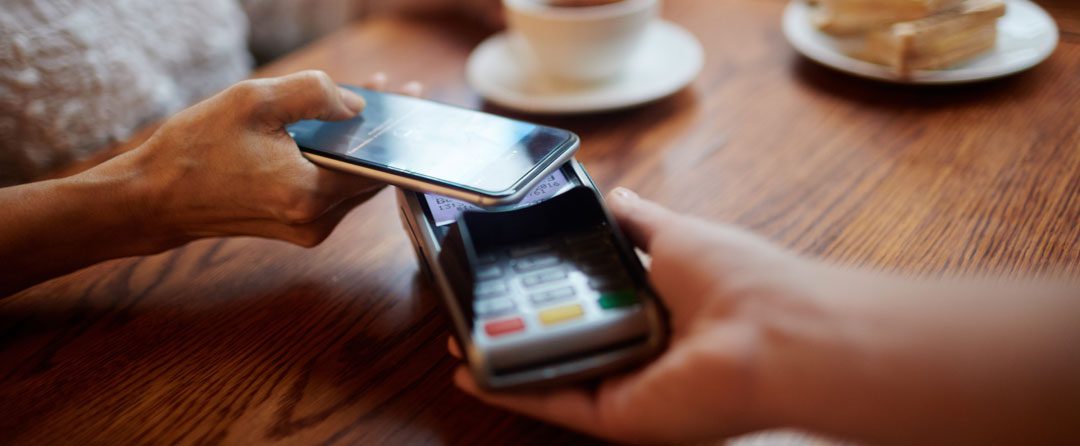The days of having to remember to bring your wallet along are drifting into the past. Consumers are now able to use mobile wallet and contactless technology, like their smartphones, to pay for purchases and transactions. This technology is not just limited to the smartphone however, as watches, rings, and other “wearables” can connect and make payments.
Using a ring to make payments came into the focus during the Rio Olympic Games when VISA gave all of the athletes that the company sponsors a payment ring. This NFC-enabled ring was simply tapped on the payment terminals, allowing the athletes to purchase items and services at over 4,000 points-of-sale at the Olympic venues in Brazil.
For the non-Olympic athlete, Apple Wallet allows consumers to save their card information and use their smartphone for many online purchases as well as in-store, with the authentication of either a passcode or their fingerprint. MasterCard and BMO introduced “selfie pay” in 2016, verifying a purchasers’ identity with the biometrics of a “selfie” taken at the time of purchase. Currently, “selfie pay” is only available for online purchases, however the potential for cashless transactions is evident and continuing to grow.
Stores such as Kit and Ace, a minimalist and technical apparel retailer, doesn’t actually have cash registers in their stores, and therefore do not accept actual cash money. All 54 of their locations are equipped to process and accept mobile and credit card payments only. Not having cash allows for fewer losses in human error, theft and reduces the chances of robbery at their stores.
As consumers’ mobile devices continue to upgrade, merchants’ point-of-sale terminals are evolving to keep up with the mobile wallet technology changes. As a merchant, the ability to accept as many forms of payment as possible leads you to the front of the pack when it comes to your competition, simply because the purchasing process is easier.


